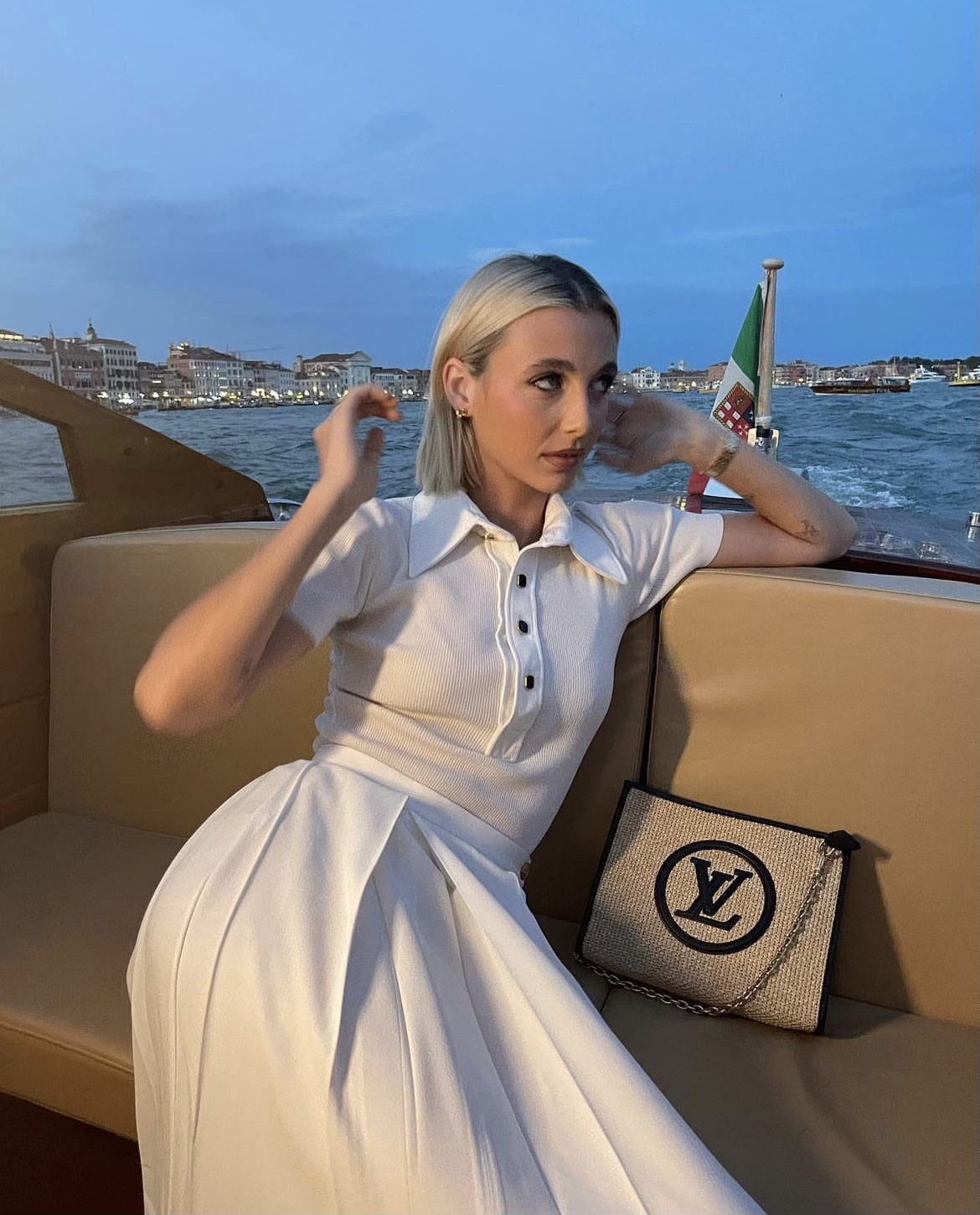The Power of Influence
Do you ever see a celebrity in an advertisement and wonder if they use that product in their daily life? How much do companies pay celebrities to read their strategically written scripts? Often, celebrity endorsements lack an authentic connection between consumers and the celebrities we see. When choosing the face of a brand, marketing teams understand that consumers want to see a real person using their product: someone they relate to, someone who can articulate credible thoughts about the brand. Many companies/brands seeking to develop connectivity with their customers are employing micro-influencers to promote the authenticity of their brands. Fashion influencers are more accessible and approachable to consumers, making them more likely to purchase a product a person relatable to them would buy.
Anybody can become a fashion influencer. Successful fashion influencers must have an authentic style, post frequently on social media, and create unique + engaging content. Fashion influencers develop a following based on their personality, trendiness, and connectivity with their followers. An influencer’s following is composed of individuals who share similar tastes and values. Social media houses various tiers of influencers determined by their number of followers. Micro-influencer followers range from 10-100k individuals, mid-tier influencers have 50k-500k followers, and macro-influencers have between 500k - 1 million followers. Brands pursuing influencer marketing will experience the greatest return on investment by partnering with micro-influencers to promote their products. Alternatively, collaborations with micro-influencers for comparatively lower fees allow companies to work with multiple influences, thereby reaching a wider and more diverse range of followers in their target demographic. Further, beginner micro-influencers will often engage with brands in exchange for free samples and products.
Have you ever been scrolling through Tiktok and found yourself purchasing a product because you saw an influencer was using it? Have you made an impulsive 3-am purchase because an influencer offered 15% off if you used their code? We’ve all been there, but have you stopped to wonder what persuaded you to make that spontaneous purchase? Was it the trust and connection you felt with the influencer? Fashion influencers have a significant impact on current fashion trends. Producing consistent, engaging content helps influencers generate integrity and build their reputation. Algorithms analyze posts and photos to determine what is receiving the most traffic and traction on Instagram. Brands access this data to influence and promote their newest fashion lines.
It is estimated that 70% of consumer purchases are made based on peer recommendations. Brands employ fashion influencers to promote their lines through product promotion, affiliate links, social media posts, and personalized discount codes. Brands seek partners for collaborations based on influencers’ target demographic, content quality, viewer engagement, and brand messaging. It is essential to ensure alignment between the company and the influencer's brands, as the latter directly reflects on the company.


